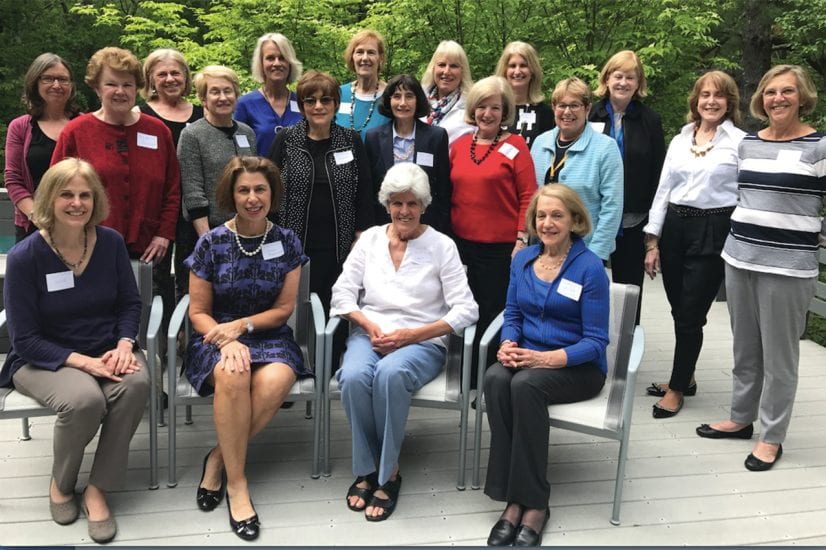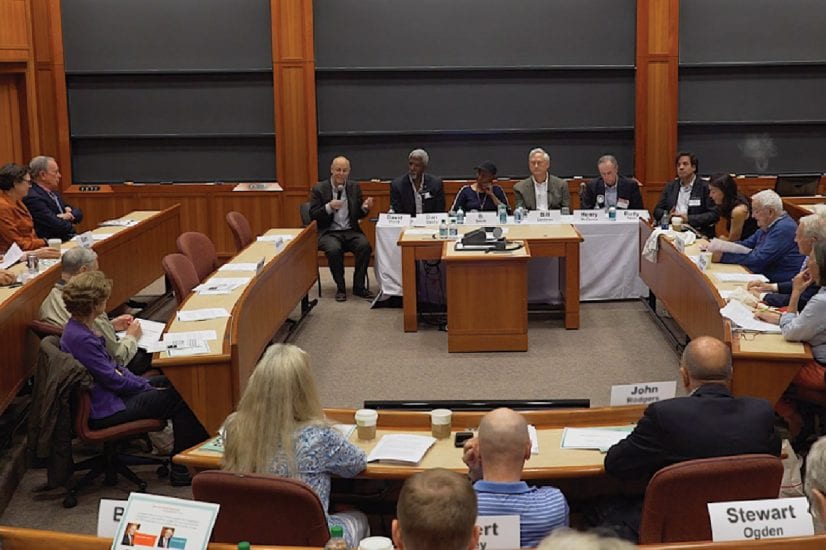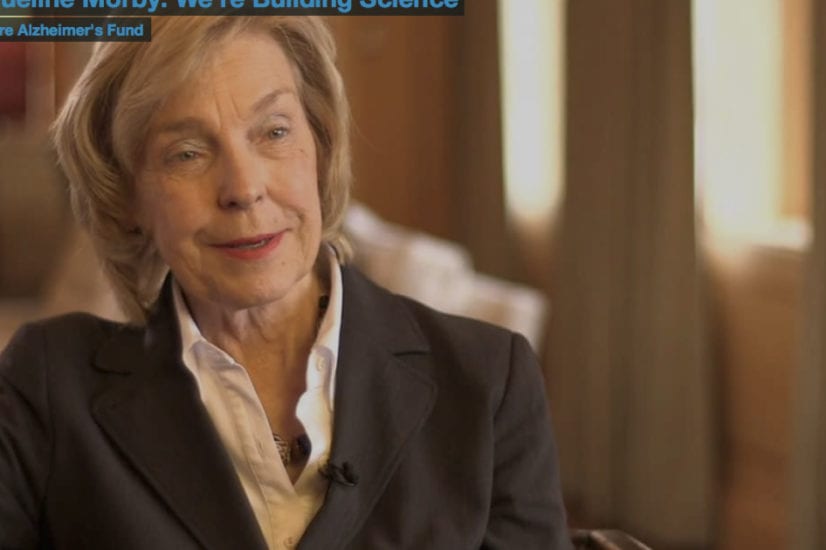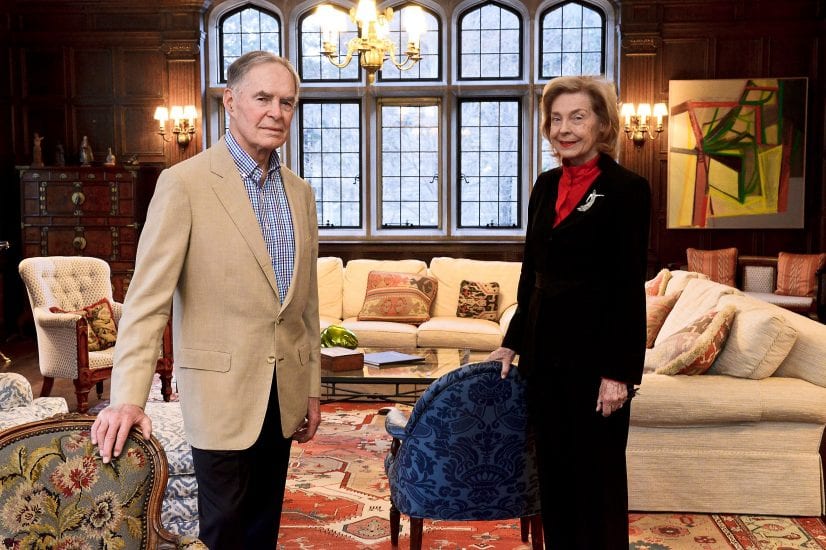
Posted April 5, 2013
Over the last several days, two important announcements pertaining to Alzheimer’s and other neurological diseases have been made:
1. The White House announced an ambitious new initiative call “BRAIN” (Brain Research through Advancing Innovative Neurotechnologies) to be funded with $100 million (pending approval by Congress) starting in 2014. The project will be a multi-agency government program designed, essentially, as the New York Times article points out, to “show how millions of brain cells interact”.
2. The RAND Corporation just published the results of a study in the New England Journal of Medicine concerning the current and likely future impact of Alzheimer’s disease on the United States.
The RAND Study reaffirms our thesis, articulated some time ago, that unless a cure for Alzheimer’s is found within the relatively near future, the end result will be a disaster for the country. The current cost of dementia care, as contained in the RAND Study, is approximately $200 billion per year, which will more than double by 2014; and the number of persons in the United States with Alzheimer’s is over 5 million, which number will exceed 9.1 million by 2040.
The current level of funding for Alzheimer’s research by the NIH is less than $500 million per year (.25% of the $200 billion Alzheimer’s cost – obviously a disconnect between the cost of the disease to the country and the funds we are expending to cure it).
What will be the impact on Alzheimer’s research of the new $100 million initiative? That initiative is essentially focused on finding out how the brain works and all its dimensions. It is a bold and creative program, one which is likely to yield in the long run significant benefits in the form of medications for many neurological diseases. But, because of its focus on basic research and because it begins only in 2014 (with likely startup delays to follow), it is probable that those benefits will be some time in coming.
Meanwhile, Alzheimer’s disease is moving rapidly and causing more and more havoc. As Richard Hodes, Director of the National Institute of Aging said, “I don’t know of any other disease predicting such a huge increase.”
So will the new money significantly increase the availability of funds for Alzheimer’s research? That is unlikely. When and if the $100 million begins to get dispersed sometime after 2014, some of it will obviously be dedicated to Alzheimer’s, but even if the full $100 million were allocated to Alzheimer’s research (which will not occur), this would bring the total funding for Alzheimer’s research to less than $600 million, still a drop in the bucket relative to the cost of Alzheimer’s care to the country. Nevertheless, whatever new money the government can add to the funds available for Alzheimer’s is most welcome, and we believe the new initiative will ultimately be very beneficial for nearly all neurological diseases. It is a good and creative effort; but for the time being, we expect that very modest increases in government funding for Alzheimer’s research will begin to occur, perhaps during the latter half of 2014.
The above observations about the relative paucity of government funding for Alzheimer’s research clearly reinforce the need for a continuing and growing parallel program in the private sector, focused on finding a cure as soon as possible. This is the realization we came to when we created the Cure Alzheimer’s Fund more than eight years ago. We do not want society to lose time in dealing with this extremely urgent problem. With the best science, a dedicated group of scientists and an effective strategy and efficient procedures, we have wasted no time in tackling this important problem. And we will continue to dedicate our efforts to that end.
Jeffrey Morby
Chairman, Cure Alzheimer’s Fund
Click here to see the NY Times article on dementia care costs.
Click here to see the NY Times article on the initiative to map the human brain.





